Listen now on Apple, Spotify, and YouTube.
Brought to you by:
• Eppo—Run reliable, impactful experiments
• Vanta—Automate compliance. Simplify security
• OneSchema—Import CSV data 10x faster
—
Bob Moesta, co-creator of the Jobs to Be Done framework, recently published a new book, Job Moves. Drawing from interviews with over 1,000 people about their career transitions, it offers a practical playbook for career development. In our conversation, we discuss:
The four different “quests” that drive career changes
Why job features (salary, title) matter less than experiences
How to identify what gives you energy vs. drains you
The power of taking a “jobcation”
A template for crafting your career story
Tips for hiring and retaining great talent
The importance of prototyping potential careers
Much more
Some takeaways:
If you’re burned out and need to reset, consider a “jobcation”—a job that’s easy enough to let you recover but still offers you the flexibility to explore your next move. Whether you’re looking to recharge mentally, rebuild relationships, or just regain control over your time, a jobcation is your breather. Think of it like a rest stop on the career highway where you can recover, refocus, and decide where to head next.
People leave jobs for one of four main reasons (“quests”):
Get out: You’re drained and just need to escape.
Take the next step: You’re looking for growth and a way to level up your skills.
Regain control: You need to take charge of your time and responsibilities again.
Realign: You’ve been stretched too thin and need to focus on what you’re best at.
Knowing which quest you’re on helps you figure out what you need to feel fulfilled and make a strategic move.
When job hunting, focus on experiences over features:
Job features (salary, title) are static and often misleading
Experiences (what you’ll actually do day-to-day) drive satisfaction
Money is often a surrogate for other needs (respect, security)
No job is perfect. Before making any big decisions, weigh the tradeoffs. Will the job give you the learning experience you need to move forward in your career, or is it just a paycheck? Consider how it will impact your future goals—sometimes you’ll need to take a pay cut or sacrifice a fancy title to get the right experience.
Hiring software often filters out resumes that don’t hit certain keywords. If you’re applying for roles and not hearing back, it might not be about your experience—it’s about how you’re presenting it. Hire a resume writer who understands how to get through these filters.
To find energizing work:
Track what gives you energy vs. drains you in your current role
Look back at past roles for patterns
Use tools like StrengthsFinder to identify your natural talents
Don’t try to fix weaknesses—find roles that leverage your strengths
Aim for 40% to 50% of time spent on energizing work
To prototype potential careers:
Interview people in target roles about their day-to-day
Look broadly across industries that need your core skills
Test assumptions through informational interviews
Use LinkedIn to find people to speak with
Pay attention to what excites you during research
Craft your career story using this template:
Once upon a time... (your background)
Every day... (your core skills/interests)
One day... (key realization/change)
Because of that... (actions taken)
Until finally... (where you are now)
Ever since that day... (your continued journey)
Where to find Bob Moesta:
• LinkedIn: https://www.linkedin.com/in/bobmoesta/
• Website: https://www.jobmoves.com/
• Podcast: https://pca.st/gg6goo1n
• The Re-Wired Group: https://therewiredgroup.com/
In this episode, we cover:
(00:00) Bob's background
(05:10) Bob’s new book, Job Moves
(09:31) Job features vs. job experiences
(11:16) Four reasons people leave jobs
(17:20) Energy drivers and energy drains
(31:05) Prototyping your next job
(34:32) Pushes and pulls
(40:01) Understanding that no job is perfect
(43:18) Taking a jobcation
(51:22) Finding the right next step
(55:18) Navigating job applications and interviews
(58:28) How to craft your career story
(01:04:04) Strengths and weaknesses: leveraging your superpowers
(01:06:21) Hiring and writing job descriptions
(01:11:20) Self-awareness and founding a startup
(01:21:24) Conclusion and final thoughts
Referenced:
• The ultimate guide to JTBD | Bob Moesta (co-creator of the framework): https://www.lennysnewsletter.com/p/the-ultimate-guide-to-jtbd-bob-moesta
• Ethan S. Bernstein on LinkedIn: https://www.linkedin.com/in/ethanbernstein/
• National Geographic: https://www.nationalgeographic.com/
• Radical Candor: From theory to practice with author Kim Scott: https://www.lennysnewsletter.com/p/radical-candor-from-theory-to-practice
• Building a long and meaningful career | Nikhyl Singhal (Meta, Google): https://www.lennysnewsletter.com/p/building-a-long-and-meaningful-career
• The Story Spine (also known as Pixar’s Story Structure): https://www.storyprompt.com/blog/the-story-spine-also-known-as-pixars-story-structure
• Tobi Lütke on LinkedIn: https://www.linkedin.com/in/tobiaslutke
• Job Moves resources: https://www.jobmoves.com/resources
• Why Employees Quit: https://hbr.org/2024/11/why-employees-quit
Recommended book:
• Job Moves: 9 Steps for Making Progress in Your Career: https://www.amazon.com/Job-Moves-Making-Progress-Career/dp/0063283581
Production and marketing by https://penname.co/. For inquiries about sponsoring the podcast, email podcast@lennyrachitsky.com.
Lenny may be an investor in the companies discussed.


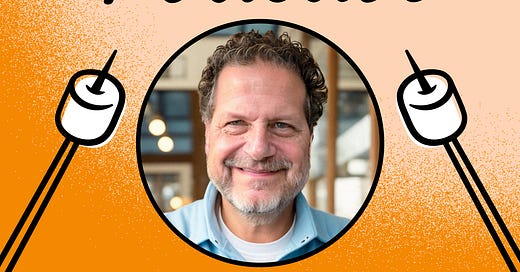
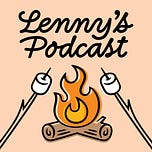

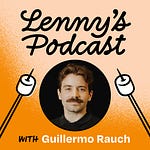
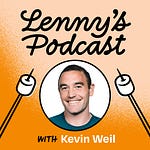
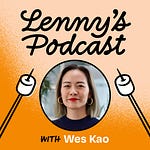
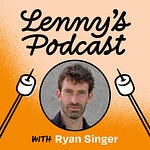
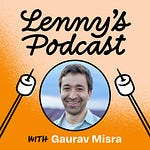
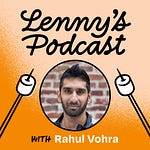
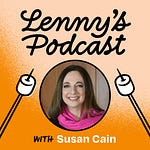
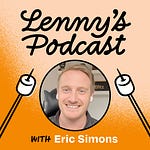
Share this post